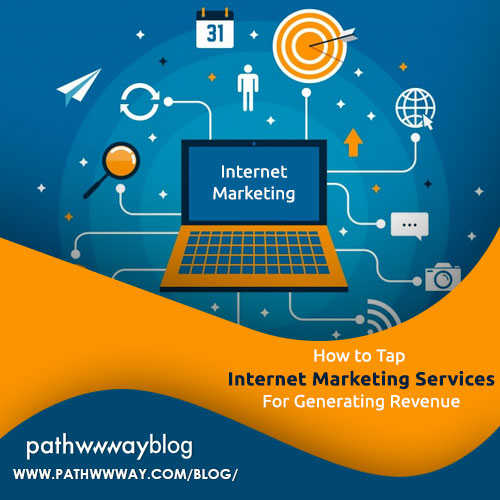How Long Should the Custom Website Design Process be From Start to Finish?
Web
design clients need to be clear that custom website design is the key to
success if you’re looking for a website that showcases your expertise,
authority and credibility. Quality web design, however, is much more than just
creating a website. There’s a lot more to developing a successful online
presence than you can imagine. Here’s how the custom web design process
progresses from the start to the finish:
Phase 1: Discovery
This
is the stage of the web design process which is all about information gathering.
This is an important step for understanding more about client businesses and
industries that they operate in. The custom web designer also needs to
understand their target market and customers and the goal/aim for the website.
Clients need to share their vision, their competitors, their ideal customer and
describe the project, service or concept the site is intended to provide or
promote.
Asking
the right questions is part of the custom design process. This includes
understanding the goal of the website, its intended prospects and customers,
and the budget for web presence. Client, project, audience, features, scope,
brand, ecommerce, budget and time are just some crucial areas where bespoke
design needs to explore all the right questions.
Phase 2: Planning
The
custom website design process is also about planning. Jumping right into design
cannot work, without research and planning to clarify objectives for the
website and guide the design. During the planning phase, SEO strategies for
websites can be reviewed and created. As websites often present user-friendly
interfaces for showcasing marketing messages and content, planning can be the
most important step when it comes to collaborating with clients for the perfect
bespoke site. Preparing the site structure, sitemap and processes to be
followed are, in fact, the most critical steps in custom web design.
Phase 3: Design
After
the initial discovery and research, the focus then shifts to designing. This is
the part of the process where the web agency designs how the website will look.
A website wireframe is created with fundamental page elements such as widgets,
navigation and headers. Wireframes can then be moved into a mockup using a
framework like Photoshop. The challenge of exceptional web design is balancing
function and form. Using the information, design accommodates content. What is
the main goal of the page? Is it clear to users and can they take the desired
action? Good web design agencies even work on how the design will look when coded.
Phase 4: Develop
In
the development phase, the website design is translated to code bases that make the website function.
Development focuses on translating the website into a readily viewable
interface and the design into a real site with the potential to operate
effectively.
Phase 5: Launch
It
is important to launch your website finally. That way, all the real problems
that crop up once the site goes live can be countered. Custom website design
does not end with the launch of the website. There’s also a post-launch
maintenance and troubleshooting stage, where the focus is on working to improve
the site in every way. With rapid iterations and technologies that make updates
easier, custom web design is a never-ending process!

